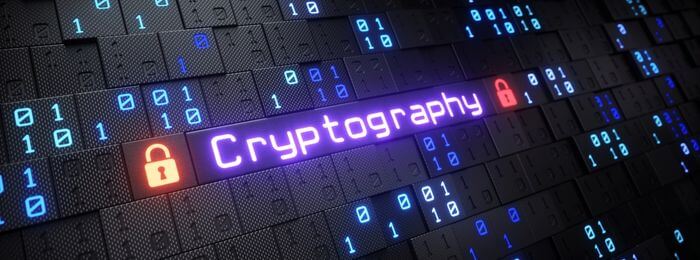The rapid advancement of quantum computing presents a significant and evolving threat to data security in the modern technological landscape. Quantum computers, leveraging the principles of quantum mechanics, possess the potential to solve complex computational problems far beyond the capabilities of classical computers. While this offers exciting possibilities for various fields, it also introduces the risk of breaking current encryption algorithms that safeguard sensitive information. Post-quantum cryptography (PQC) has emerged as a vital field dedicated to developing cryptographic systems that are secure against both quantum and classical computers, ensuring the confidentiality and integrity of digital communications in the face of quantum threats.
The Quantum Threat to Current Cryptography
Most of today's public-key encryption algorithms, such as RSA, ECC, and Diffie-Hellman, rely on the computational difficulty of mathematical problems like integer factorization and discrete logarithms. However, quantum algorithms like Shor's algorithm can efficiently solve these problems, rendering these widely used cryptographic systems vulnerable. A sufficiently powerful quantum computer could potentially break these encryption methods in a matter of seconds, exposing sensitive data, compromising secure communications, and undermining trust in blockchain-based technologies like cryptocurrencies. The risk is not limited to future threats. Cybercriminals are employing a "store now, decrypt later" strategy, harvesting encrypted data today with the intention of decrypting it once quantum computers become powerful enough, putting long-term data confidentiality at risk.
Post-Quantum Cryptography: A Proactive Defense
PQC, also referred to as quantum-proof, quantum-safe, or quantum-resistant cryptography, focuses on developing cryptographic algorithms that are believed to be secure against cryptanalytic attacks by quantum computers while remaining compatible with existing communication protocols and networks. It aims to replace vulnerable public-key cryptography with new mechanisms that have no known vulnerabilities to quantum attacks. Unlike quantum cryptography, which relies on quantum physics, PQC algorithms can be implemented on classical hardware. The development of PQC involves various approaches, including lattice-based cryptography, multivariate cryptography, hash-based cryptography, code-based cryptography, and isogeny-based cryptography. These methods rely on mathematical problems that are believed to be difficult for both conventional and quantum computers to solve.
NIST's Standardization Efforts
Recognizing the urgency of the quantum threat, the U.S. National Institute of Standards and Technology (NIST) initiated a Post-Quantum Cryptography Standardization project in 2016. This international competition aims to solicit, evaluate, and standardize quantum-resistant public-key cryptographic algorithms. In August 2024, NIST published the first three cryptographic standards designed to resist attacks from quantum computers: ML-KEM (formerly CRYSTALS-Kyber) for general encryption, and ML-DSA (formerly CRYSTALS-Dilithium) and SLH-DSA (formerly SPHINCS+) for digital signatures. In March 2025, NIST selected HQC as the fifth algorithm for post-quantum asymmetric encryption, to be used as a backup for ML-KEM. These algorithms are based on different mathematical approaches, enhancing security and providing alternatives in case vulnerabilities are discovered. NIST expects the transition to quantum-resistant algorithms for National Security Systems to be complete by 2035.
Challenges and the Path Forward
Despite the progress in PQC, several challenges remain. Quantum-resistant algorithms often demand more computational resources than traditional algorithms, potentially leading to slower performance and increased energy consumption, especially for devices with limited processing power like smartphones and IoT devices. Integrating new cryptographic algorithms into existing systems is a complex task that requires updating hardware, software, and protocols without disrupting ongoing operations. Furthermore, ensuring the long-term security of PQC algorithms requires ongoing research and analysis to identify and address potential vulnerabilities.
The transition to PQC is a complex and lengthy process, requiring organizations to take proactive steps to assess their systems, develop migration plans, and implement quantum-resistant solutions. A crypto-agile information security system is advisable, enabling quick switching between multiple security standards and encryption algorithms. Hybrid approaches, combining classical and PQC algorithms, offer dual security, protecting against both quantum decryption and unforeseen classical exploits.
Securing data against quantum threats requires a multi-faceted approach, combining PQC algorithms with quantum key distribution (QKD) to enhance security by making encryption keys more difficult to intercept. As quantum computing technology continues to advance, the development and implementation of PQC are crucial for ensuring a secure and resilient digital future.

















